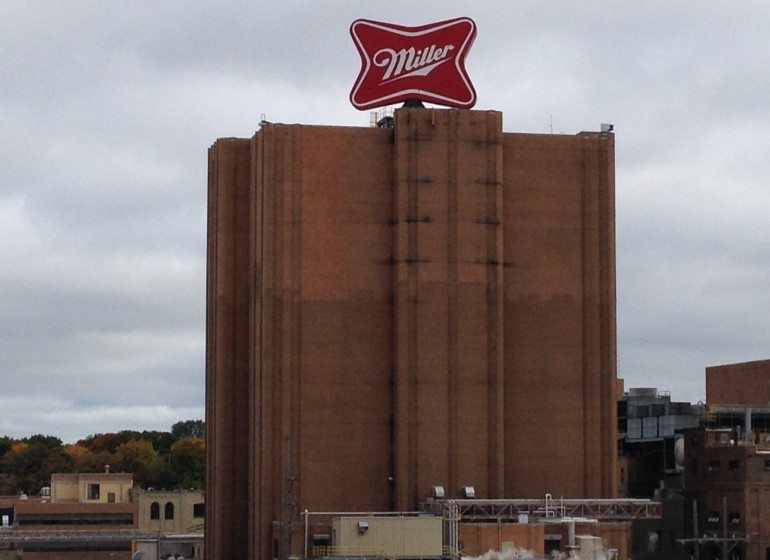Molson Coors president and chief executive officer Mark Hunter says 2017 will be “more of a transition year” and cost savings from the acquisition of MillerCoors will be weighted toward 2018 and 2019.

The Denver-based company is targeting $550 million in savings over the next three years, with that total coming from both cost-cutting initiatives and synergies from acquiring the remaining 58 percent of MillerCoors.
“To move any volume around our network requires significant planning and (capital expenditure) planning,” Hunter said.
The company is targeting $175 million in cost savings for 2017, which will be primarily initiatives outside of the acquisition. The majority of synergies from the acquisition will come in the following two years, the company said.
Hunter said the MillerCoors acquisition will give the company additional spending power in the market and the ability to flex production across different geographies. He also said it offers additional revenue opportunities and he plans to reinvest some of the cost savings in the business.
Tracey Joubert, Molson Coors chief financial officer, said the company is planning for $350 million in incremental capital spending and cash operating costs related to capturing the synergies and cost savings.
MillerCoors performance
The performance of the MillerCoors business in the U.S. was mixed during the fourth quarter and the full year with sales volumes down but operating income improving.
Sales-to-retailers volume was down 2.5 percent for the year and 2.8 percent for the quarter with lower volumes in the below premium and premium light segments. Sales-to-wholesalers decreased 1.3 percent for the year and 0.9 percent in the quarter.
Income from continuing operations before income taxes was $1.29 billion for the year, a 16.9 percent increase driven by lower cost of goods sold, net pricing growth and positive sales mix. For the quarter income was $207.8 million, a 200 percent increase that was the result of lower special charges, lower cost of goods sold, net pricing growth and decreased marketing investment.
Gaving Hattersley, MillerCoors president and CEO, highlighted the performance of Miller High Life in the company’s economy segment. The brand had its best quarter and year in seven years he said, which was driven by a new marketing campaign.
He also said the economy segment is important for the business as it looks to keep drinkers from switching to cheap wine or spirits instead of beer.
Elsewhere in the business, the Miller Lite brand had its best performance in years, he said, driven by its packaging and its marketing campaign.
“We’re pleased with the platform which we’ve created for Miller Lite in 2016,” Hattersley said.
Craft changes?
In the craft portion of the company’s business, Hunter suggested retailers are looking to simplify their offerings.
“There’s probably a limitation to how broad that craft segment can become,” he said, suggesting there is an oversupply of offerings for some types of beer and retailers are dealing with inefficiency in what they have on the shelves.
Hunter said the big national craft brands, which includes Blue Moon and Leinenkugel’s at Molson Coors, stand to benefit along with strong regional brands.
“Overall there should be a simplification of the offer from the shopper perspective,” he said, although he added that consumers will continue to see retailers cycle through local offerings as well.


